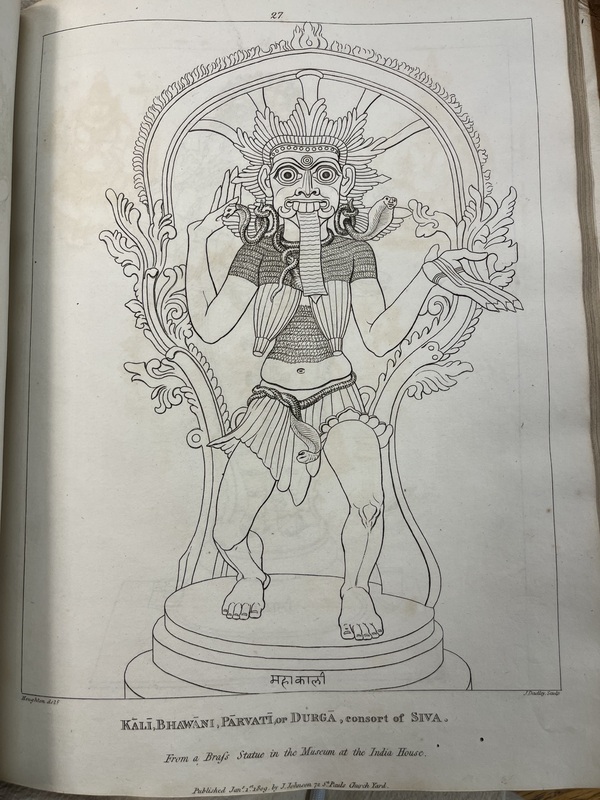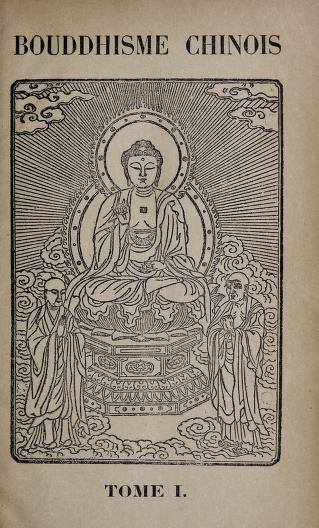Identity Through the Myths of Others
When seeing European publications of foreign myths and systems of belief, most wouldn’t give it a second thought- such topics are fascinating, strange to some, sell well, and are frankly cool as hell; especially to a Victorian culture that is just beginning to make the turn towards globalism with the advent of locomotive transportation on the Eurasian continent and the continued settling of the ‘New World’. However, if you look a little deeper into why Victorian Europeans were publishing such things, you’ll see a trend of validation- a solidification of the Victorian-European identity. Such examples would be through a fascination with Ancient Egyptian women’s social roles, or the inflation of aspects that don’t mesh well with the Judeo-Christian system of belief , thereby justifying imperial efforts. The following items are artefacts representing this fascination and personal introspection.



